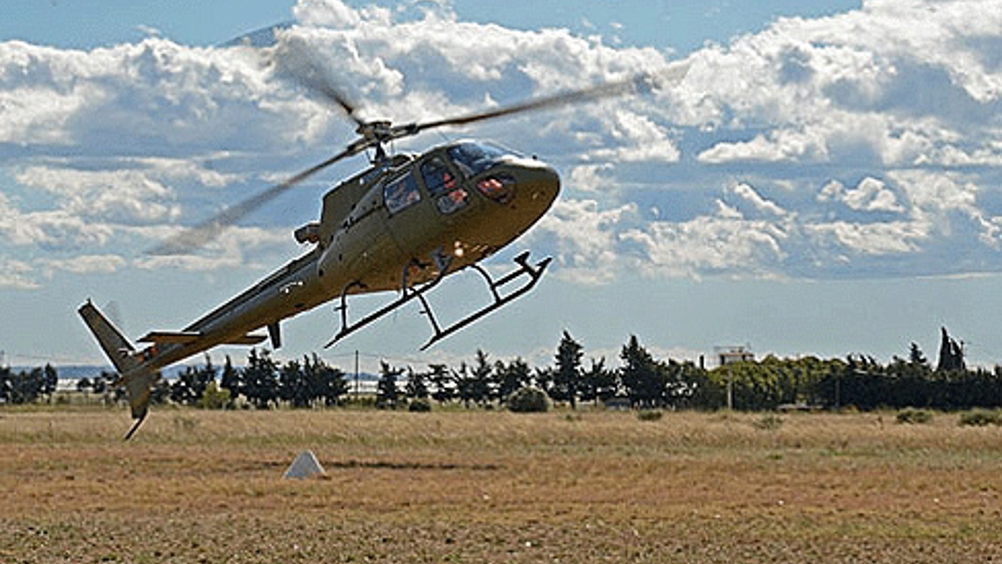Adding ridges to rotor blades could improve helicopter agility
Specially designed ridges placed on the leading edge of helicopter blades could allow the crafts to travel at higher speeds with greater agility.

Researchers at the German Aerospace Centre (DLR) took inspiration from similar ridges found on the pectoral fins of humpback whales — the fastest and most acrobatic of the order.
Helicopters owe their unique ability to vertically take off and land to their main rotor, but this also contributes to aerodynamic instabilities, as Dr Kai Richter of DLR explained to The Engineer.
‘The main problem is that on the advancing blade the rotational speed and the flight velocity of the craft itself combine, so locally on the blade there are very high flow velocities — you even get supersonic flow on the outer part of the blade. But on the retreating blade it’s the other way round — the rotational speed and the flight speed of the helicopter subtract and you have low flow velocities.’
The result of this asymmetry is that the rotor blade’s inclination changes, so that the advancing side has a low angle of attack and the retreating side a high angle of attack.
Register now to continue reading
Thanks for visiting The Engineer. You’ve now reached your monthly limit of news stories. Register for free to unlock unlimited access to all of our news coverage, as well as premium content including opinion, in-depth features and special reports.
Benefits of registering
-
In-depth insights and coverage of key emerging trends
-
Unrestricted access to special reports throughout the year
-
Daily technology news delivered straight to your inbox










Water Sector Talent Exodus Could Cripple The Sector
Maybe if things are essential for the running of a country and we want to pay a fair price we should be running these utilities on a not for profit...